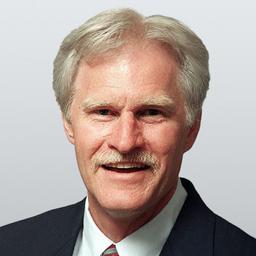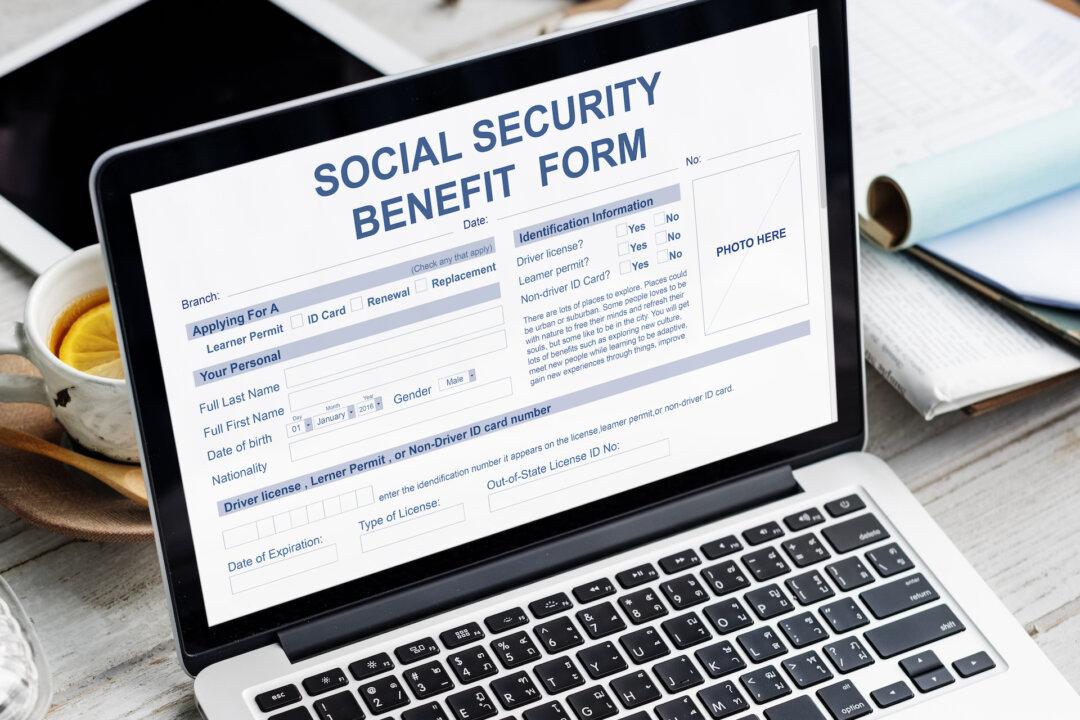I’ve commented before how surprised I am that a high percentage of emails I get come from the relatively small group of people in this country who don’t even pay into Social Security. Most of those questions come from retired or soon-to-be retired educators in those states where teachers have a separate retirement system other than Social Security.
And I have written maybe 100 columns over the years explaining the offsets that apply to those folks if they have worked on the side paying into Social Security or if they have a spouse who is covered by Social Security. And I’m not going to go over that topic again today. (If you want to become an expert on the issue, spend 10 bucks and get my book called “Social Security: Simple and Smart.” One of the chapters in that book explains those offsets as simply as I know how.)






